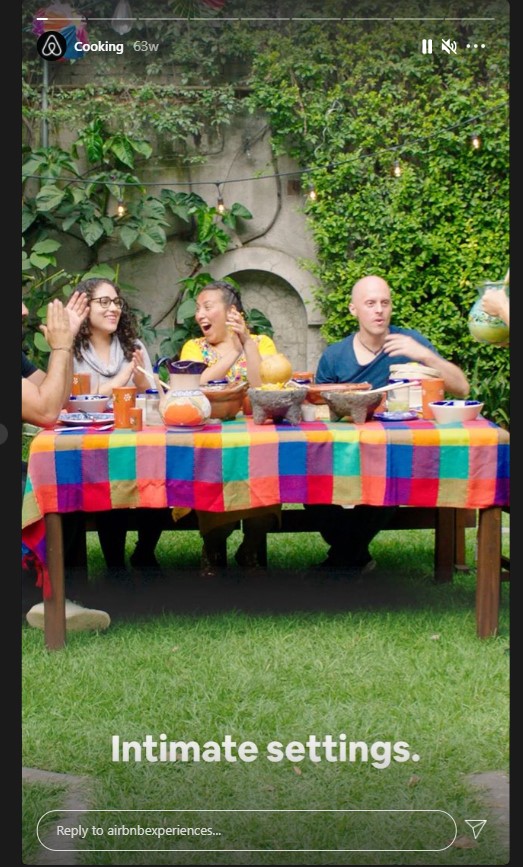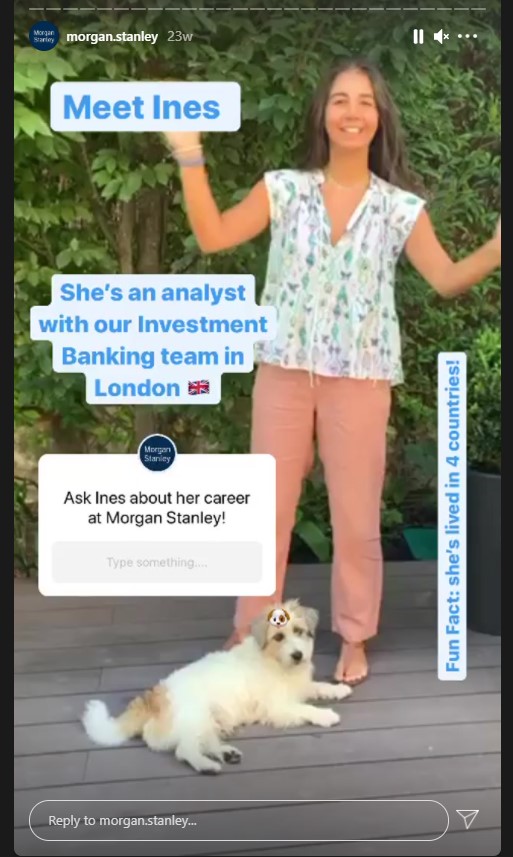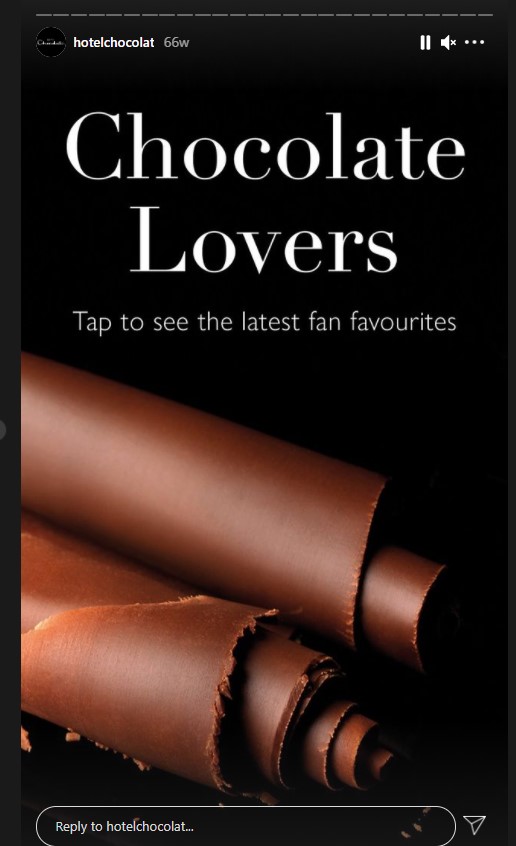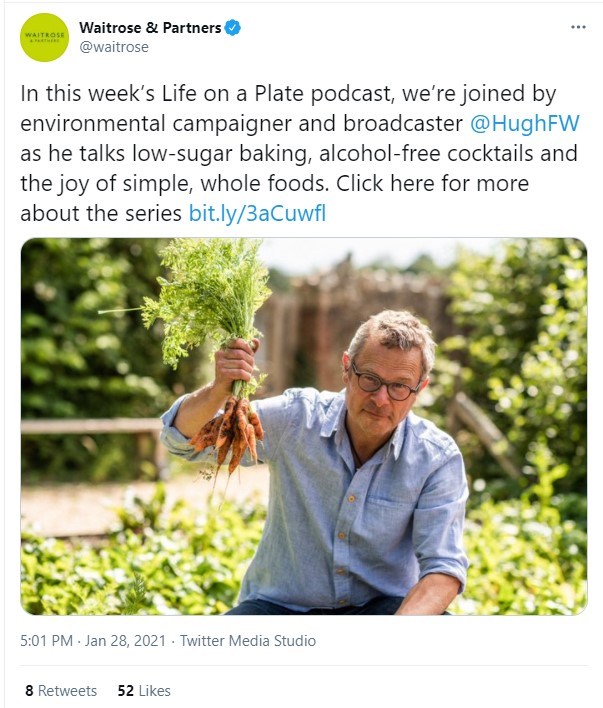We all love a good story. From fire-lit tales of adventure and nights under the duvet with a good book through to your favourite series on Netflix. Stories have nestled into our lives for years. They help us connect with our past, get excited about the future and unleash imagination like never before. Storytelling has power. And that’s why more and more marketers are using it to their advantage. So, in light of #tellafairytaleday on 26 February, we’re looking at 2021 storytelling stats you need to know and how you can create, shape and share your brand story.
Brand Storytelling – Why Is It So Important?
Brand storytelling. Just another thing to add to your to-do list or something of great importance? Well, of course it’s the latter. Humanity is more resistant to traditional advertising. Gen Z has an attention span of around 8 seconds and it’s 12 for Millennials. 69% of the Gen-Z demographic also find traditional ads disruptive and not in a good way. The majority clicking ‘skip’ on skippable ads after 9.6 seconds on average. The way media is being consumed is changing rapidly making it essential to find new forms of engagement.
Consumers are looking for authentic and trustworthy over perfectly-polished and staged ads. In a world where 46% of college students purposefully share, like and engage with specific content to ‘train algorithms’ to give them content they want to see, sticking with old-fashioned and boring strategies is a no-no. Instead, focussing on content that’s real, honest and to-the-point is a must. And that’s where storytelling comes in. This effective medium has the ability to:
- Unite like-minded people who want to listen to what a brand is saying because they share the company’s values, goals and dreams.
- Side-line boring and self-obsessed sales pitches in favour of engaging, educational and unique content.
- Tap into life moments that matter. From that first cup of morning coffee to getting into a warm cosy bed at the end of the day, relating your branding to everyday life activities can draw in an audience and help them feel more connected to you.
- Tap into emotions. This elicits a consumer response that encourages audiences to notice, remember, share and buy.
- Identify customer pain points. A brand that hears the concerns of its audience and develops a solution to a problem can give consumers relief. Pain points can then be emphasised in marketing storytelling to make a message more compelling and touching.
Drawing in on the latter point about forming a story around pain points. Here’s what Airbnb did. The identified pain point was not being able to leave home due to the pandemic. The solution? To create exciting online experiences. The concept of this was then presented digitally in a storytelling format with the help of first-hand accounts from real hosts. With emotive phrases such as ‘settle in and let’s begin’, Airbnb managed to set the scene and prepare people for the story to follow.

Here’s another good example. The words, ‘get ready to travel back in time back to the past via vino’ read like the start of a time travel novel. But, they’re actually introducing an online experience named ‘Spiced Wine of the Past.’ Airbnb delves one step further by sharing the story of its hosts too. This gives the experiences more depth, interest and credibility. Cooking, exploring, creating and travelling. Airbnb made it all accessible.

Top tip for marketers: User Generated Content (UGC) is always more engaging. This could be first-hand accounts from employees, consumer stories, affiliate insights and more. Diversifying your content will keep things interesting and helps others view your brand from multiple perspectives.
Brand Storytelling – Statistics and Top Tips
With storytelling being an essential part of marketing for 2021, here’s a rundown of the latest statistics as well as marketing top tips.
#1 Over 500 Million People Use Instagram Stories Every Single Day
Over 500 million people use Instagram Stories every single day. While this can be fobbed off as ‘just another social media habit,’ it’s far more than that.
Consumers use Instagram Stories to document their own life for the pleasure of others. They want to tell their own tales to their very own social media audience. But, with one-third of the platform’s most-viewed Stories being from businesses, it’s clear there’s a high demand for corporate storytelling. Many companies are using the Stories feature to:
- Introduce key team members. Every story has lead characters. And Instagram is a good place to introduce high-profile teams in a bid to boost authenticity and trust. After all – a brand willing to put their staff out front becomes easier to understand and connect with. Morgan Stanley regularly uses the Stories tool to unravel the story of specific banking roles.

- Tell stories from a consumer perspective. Sometimes, it’s nice to sit back and let others do the story telling for you. Hotel Chocolat’s Community Story showcases user generated content. It features short video clips of fans enjoying Hotel Chocolat products in a whole variety of different ways. From helping people through ‘working from home’ situations to the arrival of self-isolation gifts, such Stories give Hotel Chocolat a purpose without the need for in-your-face marketing.

Top tip for marketers
Use the features of each specific channel to your advantage. Instagram Stories is a great way to join a series of videos together in order to create a longer, more engaging story. But if you’re collaborating with another brand or sharing corporate responsibility initiatives, recording a duet on TikTok or going LIVE on Facebook could be more effective.
#2 Consumers Think Brands Should Share Positive Stories During the Pandemic
According to recent Twitter statistics, 70% of consumers think brands should boost positivity and share positive stories during the pandemic. With people looking for inspiration and hope during a challenging time, there’s an opportunity for brands to brighten up social media pages and provide a much-needed break from doom scrolling. Whatever you do, don’t add to the doom with more covid related stats, news and polls. Especially if you don’t have to.
Chase Bank has been doing just that. Focussing on the positive, the bank posted that it had been a year since the opening of their H Street branch. This was the first branch of its kind designed to serve the deaf and hard-of-hearing community with technology and employees who are fluent in American Sign Language. The bank then linked through to a more in depth article which featured a video story of Paula Sorto, Lead Associate Operations at the H Street branch, who is herself trilingual. This level of storytelling brings Chase Bank’s mission to life helping to reinforce their achievements in a visual way.

Top tip for marketers
Since the pandemic started, 74% of marketers are more likely to use video with 70% expecting a higher video budget for 2021. This is because people are spending more time online and therefore having a strong digital presence is a must. As a brand, make sure you’re keeping up with trends. Video is great for storytelling, allowing you to:
- Create a story-related product reveal
- Share how a product is made, picked, produced, packed or delivered
- Share inspiring social corporate efforts and results
- Introduce key team members, clients or affiliates
- Reimagine your ‘about us’ content through video
- Document overseas projects and international team members
- Help people travel virtually even when they physically cannot
#3 The Podcast Sector is Forecast to Reach $1 Billion by 2021
The ever-growing podcast sector is set to reach $1 billion by 2021, with 32% of Americans listening to podcasts at least once a month. As of spring 2020, over 10 million people in the UK were also listening to a podcast every single week. And this is big news for storytelling.
Podcasts offer a great way to communicate your brand stories to an audience that might be looking for alternatives to social media scrolling or browsing your website. This different medium enables people to tap into content they enjoy. So it’s important to make your stories available via podcast. Waitrose & Partners have done just that with their Life on a Plate podcast. Hosts Jimi Famurewa and Alison Oakervee talk to special guests about what food really means to them.
The podcast introduction itself, shared via social media sites Twitter, delves straight into storytelling marketing by explaining how ‘food connects us all’. It states how ‘we all have something to say about food that reveals elements of our past, present and future’ and therefore the podcast provides a perfect base for guests to share their food-related stories.

The podcast marketing also gives a glimpse into each podcast guest and provides a snippet of information that adds extra depth to a particular story.
Top tip for marketers
As well as hosting a podcast featuring interesting, brand-related stories, it’s also crucial to expand your marketing efforts across other channels. You could share an Instagram Story of your featured guest or write a blog about what makes your guest extra interesting. A snippet like the one above also provides detailed insight into guests and can be shared to social media to draw interest.
#4 63% of Gen Z Consumers Are More Likely to buy from a Company that Contributes to a Social Cause
What has this got to do with storytelling? Millennial, Gen Z and younger audiences are becoming increasingly socially aware. This means they want to be seen buying from socially responsible companies. So, as a brand targeting this audience, it’s a good idea to showcase your CSR into a storytelling format. This will showcase the work you’re doing while tapping into consumer emotions at the same time. Perfect.
LEGO’s #SaferInternetDay campaign is a good example of CSR storytelling. It was designed to help children develop online empathy skills and to be an online hero. The campaign was shared to social media and was given dedicated space on the LEGO website. Firstly, they put together a quiz, hosted by LEGO character Mr Safety. This set up a digital situation kids might recognise which tells the story of online bullying. The quiz then got children to choose what they’d do if they saw mean behaviour. So, the storytelling became interactive making it even more engaging.

The campaign also featured Captain Safety’s Online Heroes with digital content explaining the roles of each character. This effectively and purposefully helps children relate to the story.
Top tip for marketers
Think about who your story is aimed at. This will help you create a marketing campaign that resonates with your target audience. LEGO, for instance, used plenty of colour and provided both a video element and an interactive element. The video is short to maintain focus and interest. Always make sure your main story messages are presented clearly to ensure your point isn’t lost. With video content you can used everything from captions to voice overs and pop ups. You should also offer a transcript. Most social media users watch videos without sound so it’s a good idea to add key captions to your story.
In 2021, your audience wants to be entertained, not sold to. Just look at the popularity of Netflix which provides 100% entertainment with 0% ads. Here at Contentworks, we’re big fans of storytelling marketing and can give your brand an innovative twist. Contact us today for more information on our content, video and social media marketing services.
